Equip your supervisors with the skills to identify substance use signs and maintain a safe workplace.
Read more
A safe and productive work environment is essential for any business. Training managers and supervisors to recognise signs of drug and alcohol use among employees is crucial for maintaining safety and supporting workforce well-being.
Here’s a comprehensive guide on how to train supervisors to identify and address substance use issues effectively, including conducting reasonable suspicion training.
Understand the Importance of Training
First and foremost, it’s essential to understand why this training is crucial. Supervisors are often the first line of defence in identifying potential substance abuse issues. Proper training equips them with the knowledge and skills to:
- Identify signs of impairment or substance use.
- Take appropriate and timely action to prevent accidents and ensure safety.
- Support employees who may be struggling with substance abuse issues.
Recognise the Signs of Substance Use
Training should cover the physical, behavioural, and performance-related signs that may indicate substance use. These can include:
- Physical signs: Bloodshot eyes, slurred speech, unsteady gait, and unusual odours.
- Behavioural signs: Increased absenteeism, mood swings, lack of coordination, and personality changes.
- Performance issues: Decreased productivity, frequent mistakes, poor decision-making, and unexplained accidents.
Develop Observation Skills
Supervisors need to develop keen observation skills to detect these signs. This involves:
- Paying close attention to changes in employee behaviour and performance.
- Keeping detailed records of any incidents or patterns that may indicate substance use.
- Understanding the difference between occasional issues and consistent patterns that may suggest a problem.
Understand the Legal and Policy Framework
Supervisors must be aware of the company’s drug and alcohol policy and the legal implications of their actions. Training should include:
- A thorough review of the company’s drug and alcohol testing policy.
- Information on federal and state laws regarding workplace substance use.
- Guidelines on maintaining confidentiality and respecting employee privacy.
Practice Effective Communication
Effective communication is key when addressing suspected substance use. Training should teach supervisors how to:
- Approach the employee in a non-confrontational manner.
- Use clear, direct, and respectful language.
- Document conversations and actions taken.
Know the Procedures for Reasonable Suspicion Testing
Supervisors should be trained on the procedures for reasonable suspicion testing, which involves:
- Documenting the observed behaviours that led to the suspicion.
- Following the company’s policies and procedures for initiating a drug or alcohol test.
- Ensuring the process is conducted fairly and consistently.
Support Employees through the Process
Supervisors need to provide support to employees who may be struggling with substance abuse. This includes:
- Referring them to the Employee Assistance Program (EAP) or other resources.
- Encouraging them to seek help and offering support during their recovery process.
- Understanding the signs of relapse and knowing how to respond appropriately.
Safework Health’s Reasonable Suspicion / For Cause Training Course
Enrol your managers in Safework Health’s Reasonable Suspicion Training for Supervisors course today!
This detailed workshop helps supervisors recognise and understand reasonable suspicion and the appropriate steps to take according to your alcohol and drug policy. Training is available online or face-to-face.
Watch this video to learn about workplace drug and alcohol testing.
Read moreDrug and alcohol testing in the wokrplace is crucial to maintaining safety, productivity, and compliance with legal regulations.
Whether you’re an employer looking to implement a drug testing program or an employee seeking information on your rights and responsibilities, this video will provide you with the essential information you need to navigate the complexities of workplace drug testing.
Learn about Coal Board Medicals: vital assessments for coal mining workers to ensure they’re fit for their roles.
Read more
Coal Board Medicals are necessary health assessments for individuals employed in the coal mining industry. These medicals ensure that workers are fit to perform their job duties safely and effectively.
During a Coal Board Medical, various tests are conducted, such as physical exam, lung function, hearing, and vision tests. These tests are designed to evaluate an individual’s overall health and determine their fitness for working in a coal mining environment.
Individuals need to understand the requirements and procedures involved in Coal Board Medicals to ensure they are properly prepared for the assessment. This may include providing relevant medical history information, bringing any necessary documentation, and following any pre-assessment instructions provided by the medical examiner.
What is a Coal Board Medical?
A Coal Board Medical is a comprehensive health assessment specifically designed for individuals working within the coal mining industry. It’s not just a routine check-up; rather, it’s a thorough evaluation to ensure that workers are fit to perform their duties safely and effectively.
Queensland Coal Board Medical Requirements
The Queensland Government tightly regulates the coal mining industry to uphold safety standards. As per these regulations, anyone working in coal mines or associated environments must undergo a Coal Board Medical. Appointed medical professionals who specialise in the health risks of coal mining conduct these assessments.
What Does the Coal Board Medical Include?
A Coal Board Medical covers various aspects of health and fitness, including:
- Physical Examination: This involves a general physical assessment to ensure overall health and fitness for work.
- Lung Function Tests: Given the risk of respiratory issues due to exposure to coal dust, lung function tests, including spirometry and chest X-rays, are typically conducted.
- Hearing Tests: Mining environments often include audiometry tests to address concerns about noise-induced hearing loss.
- Cardiovascular Assessment: Aspects such as blood pressure and heart health may also be evaluated.
- Drug and Alcohol Testing: Mining companies often have strict policies on substance use, including screenings for drugs and alcohol.
Can You Fail a Coal Board Medical?
Yes, it’s possible to fail a Coal Board Medical. If an individual’s health condition doesn’t meet the required standards set by the Queensland government and industry regulations, they may be deemed unfit for work until the issue is addressed.
How Long Does a Coal Board Medical Last?
A Coal Board Medical is usually valid for two to five years, depending on individual circumstances and company policies. After this period, individuals must undergo a new assessment to confirm their continued fitness for work.
Coal Board Medical Costs and Payment
The cost of a Coal Board Medical can vary depending on the provider and the specific assessments required. In Queensland, it’s common for mining companies to cover the cost of these assessments for their employees as part of their commitment to ensuring a safe working environment.
Where to Get a Coal Board Medical?
Coal Board Medicals are conducted by appointed medical advisers (AMA) and occupational health services.
Safework Health’s clinic is located in the Brisbane suburb of Murarrie, making it convenient for workers to book an appointment. To discover more, call us on 1300 795 227 or email [email protected].
Conclusion
In the coal mining industry, prioritising the health and safety of workers is non-negotiable. The Coal Board Medical plays a crucial role in ensuring that individuals are fit to work in this challenging environment. By adhering to Queensland’s stringent regulations and undergoing regular assessments, miners can contribute to a safer and healthier workplace for all.
Enquire Now
Contact our friendly team today to learn more about our drug and alcohol testing services and products.
Unlock the potential of hair follicle drug testing with our informative infographic.
Read moreHair follicle drug testing offers a comprehensive and reliable method for detecting long-term drug use patterns. This infographic provides an understanding of its principles, applications, and implications, empowering informed decisions in various contexts such as employment screening and legal proceedings.
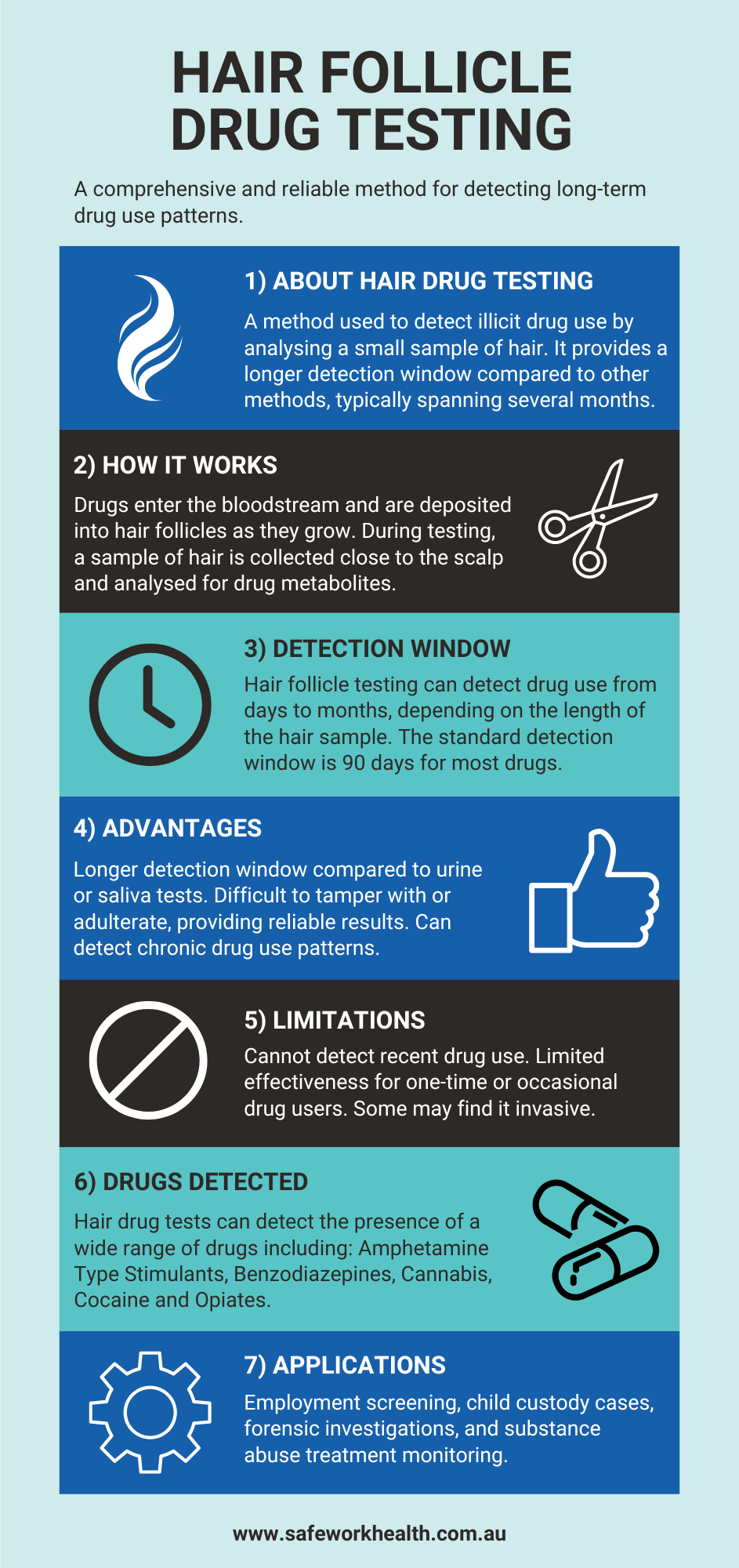
Explore the advantages of drug testing using portable toilet wastewater over conventional approaches.
Read more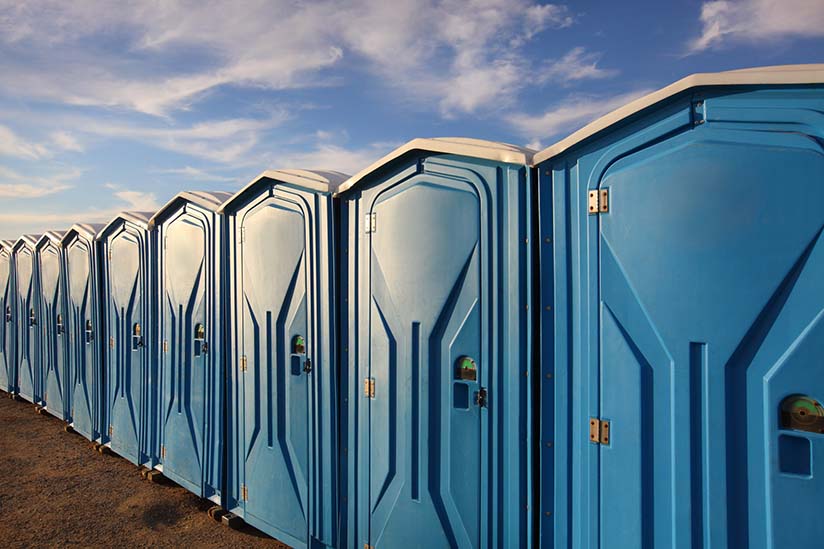
During the period 2022 to 2023, the Construction sector witnessed the second-highest number of fatalities, totalling 17 deaths – marking a disturbing 31% rise over the previous year’s total.
Ensuring worker safety in such environments is paramount, with factors such as drug use, fatigue, and worksite conditions, playing significant roles.
This article explores the advantages of drug testing using portable toilet wastewater over conventional approaches, highlighting its effectiveness in ensuring workplace safety by detecting drug usage among workers.
Real-Time Insights
One of the notable advantages of drug testing through portable toilets is its independence from self-reporting or random onsite checks. By analysing the drug content of wastewater, an accurate, real-time picture of the total amount and various types of drugs used by individuals at a worksite can be obtained, providing insights that might otherwise go unnoticed.
Complementary Testing Approach
While portable toilet drug testing cannot pinpoint which individual among the toilet users is consuming drugs, it offers valuable information about the scale and nature of drug use at a worksite. This data enables further targeted on-site drug testing, focusing on sites where issues are identified, thus complementing conventional drug testing methods.
Snapshot of Drug Use
Portable toilets, with their waste storage tanks, serve as snapshots of collective drug use by all users since the last tank change. Unlike general wastewater analysis, which provides average drug use per thousand people, portable toilet sampling allows for the identification of specific drugs and their quantities consumed within a defined timeframe.
Sample Collection
Collecting samples from portable toilets is a straightforward process, typically done after work hours. Approximately 200 to 300 mL of waste is extracted and placed in a 300 mL High-Density White Plastic container, following the Safework Health Wastewater Collection Protocol.
Samples can be collected by your team or our qualified Collectors. We will provide training to your team.
Sampling Frequency
Determining the frequency of wastewater drug testing requires consideration of various factors, including the frequency of toilet use and the time since the last tank change.
It is recommended to conduct testing once every three months at each worksite, with increased frequency warranted after accidents or suspicion of on-site drug issues.
Report Turnaround Time
After receiving the samples, our National Toxicologist will provide you with a simple and concise report detailing the drugs detected within four days.
Get Started Today
Safework Health offers a comprehensive wastewater drug testing service to safeguard your worksite from the risks associated with drug and alcohol use.
Contact us today to learn more and take proactive steps towards ensuring a safer work environment.
George brings over a decade of management expertise to lead our occupational health services.
Read more
We are thrilled to introduce George Veaudry, who has recently assumed the role of General Manager Health at Safework Health.
George’s journey to this position has been marked by a decade of dedicated service and leadership in various capacities, making him a valuable addition to our team.
Before his promotion, George served as the State Manager for WA and NT, where he demonstrated exceptional skills in management and strategic planning. Now, as the General Manager Health, George oversees all aspects of Safework Health’s occupational health services, which includes pre-employment medicals and Qld coal board medicals.
George brings a wealth of experience to his new role, boasting over ten years of managerial expertise across diverse industries including construction, mining, and technology. His proficiency in strategic business growth, project management, and contract execution has been instrumental in driving success in his previous roles.
At Safework Health, George’s responsibilities extend beyond operational management. He is committed to fostering a culture of excellence and innovation, ensuring that our occupational health services remain at the forefront of industry standards. His leadership style emphasises team development and collaboration, empowering our staff to deliver outstanding results for our clients.
Outside of work, George is passionate about personal development and maintaining a healthy work-life balance. He enjoys staying active through fitness activities and spending quality time outdoors with his family and friends.
Discover More
To learn more about how Safework Health can support your workplace, please explore our comprehensive range of occupational health services.
Discover Australia’s evolving drug trends revealed through wastewater analysis
Read more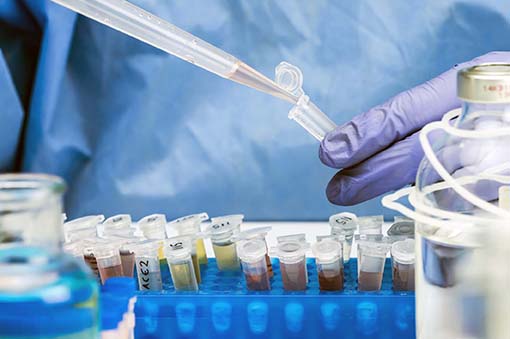
Australia faces an ongoing battle against illicit drug consumption. Recent findings from wastewater analysis conducted by the Australian Criminal Intelligence Commission (ACIC) shed light on the country’s evolving drug trends. Read on to learn more.
Rising Consumption of Methamphetamine and Cocaine
According to the latest report from the ACIC National Wastewater Drug Monitoring Program, Australia witnessed a significant increase in the consumption of methamphetamine and cocaine.
In the year leading up to August 2023, over 10.5 tonnes of methamphetamine were consumed – a 17% increase from the previous year. Similarly, Australians consumed 4 tonnes of cocaine during the same period, a 19% increase compared to the previous year.
Alarming Trends in Illicit Substance Consumption
The comprehensive analysis monitors 12 substances, legal and illegal, in wastewater samples collected from 62 treatment plants covering 57% of Australia’s population. Alarmingly, the report shows Australians consumed over 30 tonnes of illicit substances in the last year.
Among the illicit drugs analysed, cannabis emerges as the most widely consumed, with 13.6 tonnes of THC consumed in the year leading up to August 2023.
Addressing Drug Consumption: The Role of Wastewater Analysis
While these findings may paint a concerning picture of drug consumption in Australia, there are measures that can be taken to address the issue. One such approach is wastewater drug monitoring.
Wastewater analysis provides valuable insights into potential drug use or abuse within various settings, including workplaces.
By analysing wastewater samples, businesses can determine whether employees are consuming illicit substances and identify specific drugs being used.
This proactive approach not only helps in maintaining a safe and healthy work environment but also allows for early intervention and support for individuals struggling with substance abuse.
Promoting a Drug-Free Workplace with Safework Health
At Safework Health, our wastewater testing service delivers reliable results within two to three weeks of receiving samples.
By partnering with us, businesses can gain a deeper understanding of their workforce’s drug consumption habits and take proactive steps towards promoting a drug-free workplace.
Contact us today to get started.
Unlock the power of hair follicle drug testing for family law.
Read more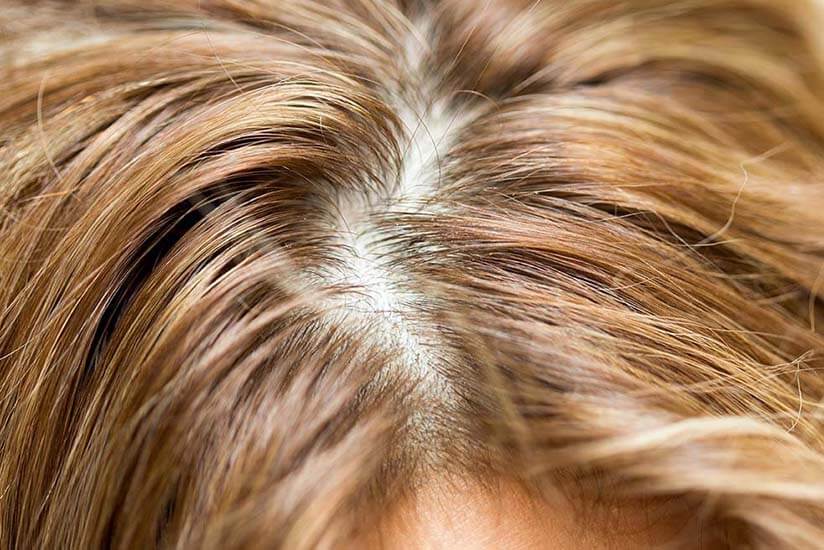
In the realm of family law, particularly in cases involving child custody battles or allegations of substance abuse, the need for accurate and reliable drug testing methods is paramount.
Among the various options available, hair follicle drug testing stands out for its ability to provide a comprehensive history of drug use. As a family lawyer, having a solid understanding of hair follicle drug testing can be invaluable in building your case and advocating for your clients.
In this guide, we’ll address common questions family lawyers may have about hair follicle drug testing.
1. What is Hair Follicle Drug Testing?
Hair follicle drug testing is a method used to detect the presence of drugs in a person’s system by analysing a small sample of hair follicles.
Unlike other forms of drug testing, such as urine or oral fluid tests, which provide a snapshot of recent drug use, hair follicle testing can detect drug use over a longer period, typically up to 90 days.
2. How Does Hair Follicle Drug Testing Work?
When a person consumes drugs, traces of these substances are absorbed into the bloodstream and eventually deposited into the hair follicles along with other nutrients.
During hair drug testing, a hair sample is collected from the individual’s scalp, usually from the root end, and sent to a laboratory for analysis.
The laboratory then processes the sample using techniques such as Liquid Chromatography/Mass Spectrometry (LC/MS) to detect the presence of specific drugs or their metabolites.
3. What Drugs Can Hair Follicle Testing Detect?
4. Is Hair Follicle Drug Testing Reliable?
Hair follicle drug testing is highly reliable when conducted by accredited laboratories using validated methods.
Unlike urine tests, which can be susceptible to adulteration or substitution, hair follicle testing is difficult to tamper with, making it a preferred option in many legal contexts.
However, it’s essential to ensure that the testing laboratory follows strict quality control measures and employs certified technicians to maintain the integrity of the results.
5. Can Hair Follicle Testing Determine the Timing of Drug Use?
While hair follicle drug testing can provide a historical overview of drug use over several months, it cannot pinpoint the exact timing of drug consumption with precision.
Factors such as the rate of hair growth and the length of the hair sample collected can affect the interpretation of results. Additionally, external contamination from environmental exposure to drugs can sometimes lead to false positives.
Therefore, it’s essential to consider these limitations when interpreting the results in a legal context.
6. How Can Hair Follicle Drug Testing Benefit Family Law Cases?
In family law cases, especially those concerning child custody disputes or allegations of substance abuse, hair follicle drug testing can serve as compelling evidence to substantiate or challenge claims made by either party.
With its extended detection window spanning up to 90 days, hair testing provides a more comprehensive depiction of a parent’s drug use behaviour over time. This detailed understanding can significantly impact custody decisions or visitation rights, offering courts a clearer insight into the parent’s ability to provide a safe and stable environment for the child.
Safework Health: Your Trusted Hair Testing Partner
Safework Health, as a leading provider of hair follicle drug testing services, prioritises strict adherence to chain of custody procedures to uphold the reliability and credibility of our results in legal proceedings.
With a nationwide network of NATA-accredited laboratories, we guarantee meticulous analysis of hair samples for traces of drugs, providing accurate results backed by rigorous testing methodologies.
Our commitment to delivering swift outcomes within 7 to 10 working days empowers family lawyers to make well-informed decisions efficiently in cases involving substance abuse allegations.
Contact Safework Health today to discover how we can support you in promoting a safer and healthier environment for families.
Lisa Smith has recently been promoted to National Operations Manager
Read more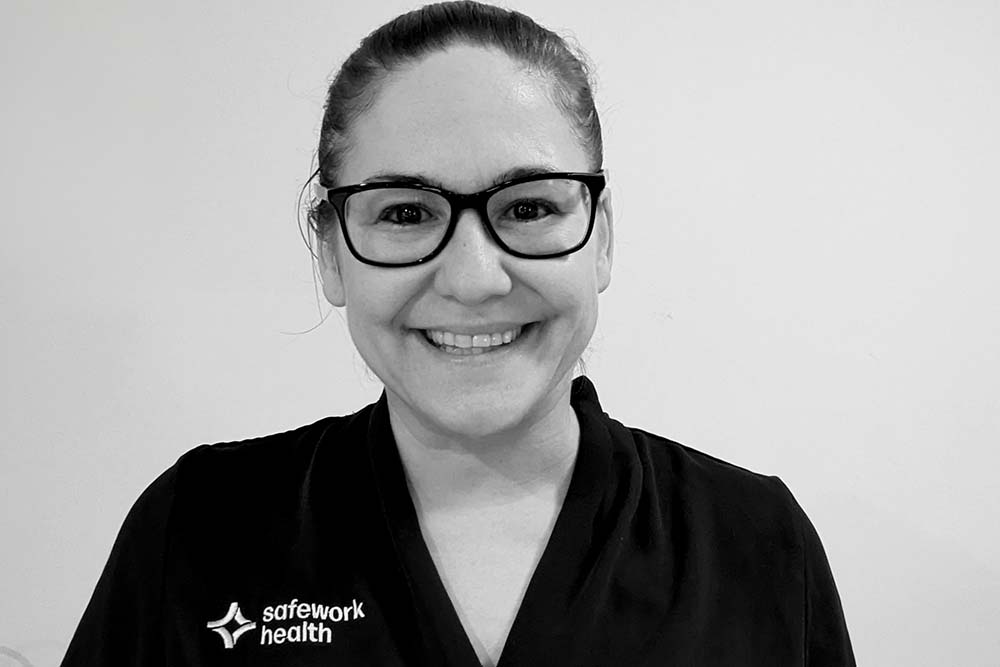
Introducing Lisa Smith, an accomplished operations manager with over 12 years of industry experience.
Lisa has recently been promoted to the role of National Operations Manager after successfully serving as Operations Manager for the East Coast region for the last eight years.
During her tenure as Operations Manager East Coast, Lisa demonstrated exceptional leadership and operational prowess, driving significant improvements in efficiency and performance across multiple facets of the business. Her strategic initiatives and collaborative approach earned her recognition as a driving force behind the region’s success.
Now, as National Operations Manager, Lisa brings her wealth of experience and proven track record to oversee operations on a larger scale. Her dedication to excellence, coupled with her ability to inspire and motivate teams, positions her as a transformative leader poised to propel Safework Health to new heights of success nationwide.
When Lisa isn’t managing Safework Health’s business operations, she can be found renovating her new place and caring for her two fur babies.
Discover More
Learn more about Safework Health’s national team.

